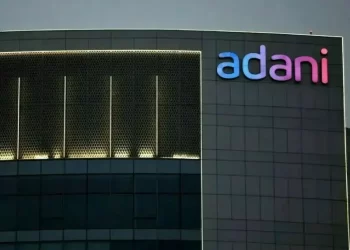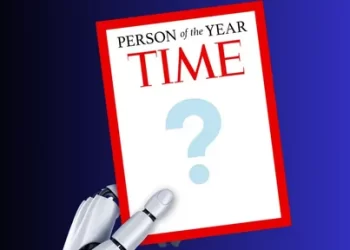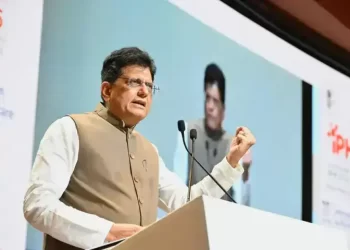Preschool options are growing with the expansion of early learning programs, giving families in some parts of the U.S. a dizzying array of choices.
Some states, like Colorado and New Mexico, are funneling state money into existing private preschools or child care centers. Others, like California, are expanding preschool through the public school system. Some cities are launching their own universal preschool programs. In the 2022-2023 school year, 35% of 4-year-olds and 7% of 3-year-olds were enrolled in public preschools — a record high.
The benefits of high-quality preschool are clear, research shows, and children from low-income households stand to gain the most. They are more prepared for kindergarten, which has grown increasingly academic, are less likely to need special education services and are less likely to have to repeat a grade. There are longer-term benefits, too. Adults who attended preschool are less likely to be incarcerated and are healthier than those who did not.
Preschool once was reserved mostly for families who could pay, or for families with low enough incomes to qualify for public programs. Now, hundreds of thousands of families have more options than before.
But how to pick the right one? Here are some things to consider when looking for a high-quality preschool.
Grownups should take a tour of a preschool they’re considering — and keep an eye out for interactions between adults and children, the state of the facilities and other clues to the quality of the care.
In a high-quality preschool or child care center, teachers are engaged. “They are on the floor, they’re at tables, they are asking questions,” said Amanda Batts, who oversees quality assurance for the National Association for the Education of Young Children, which credentials preschools. “They’re engaging in co-inquiry with the children in their care.”
Red flags, Batts said, would include “disorganized learning spaces.” Preschools are inherently chaotic places, but classrooms should still be well-organized and clean, and children should have access to learning materials like toys and books.









